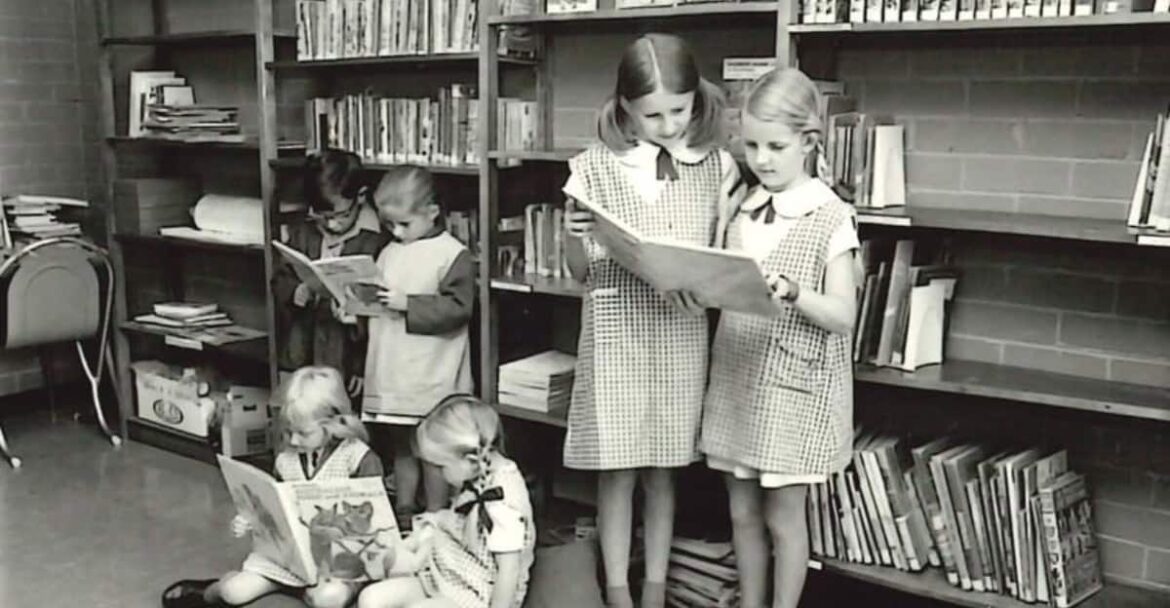The 1960s were a time of great social change, but some school rules from that era would seem incredibly out of place today. Back then, schools emphasized discipline, uniformity, and strict adherence to specific codes of conduct.
These rules often reflected societal values of the time, which have evolved significantly. As we look back, these regulations offer a fascinating glimpse into an educational world that prioritized order in ways that might surprise modern students.
Let’s explore nine intriguing rules from the ’60s that would certainly raise eyebrows in today’s schools.
1. Dress Code Enforcement
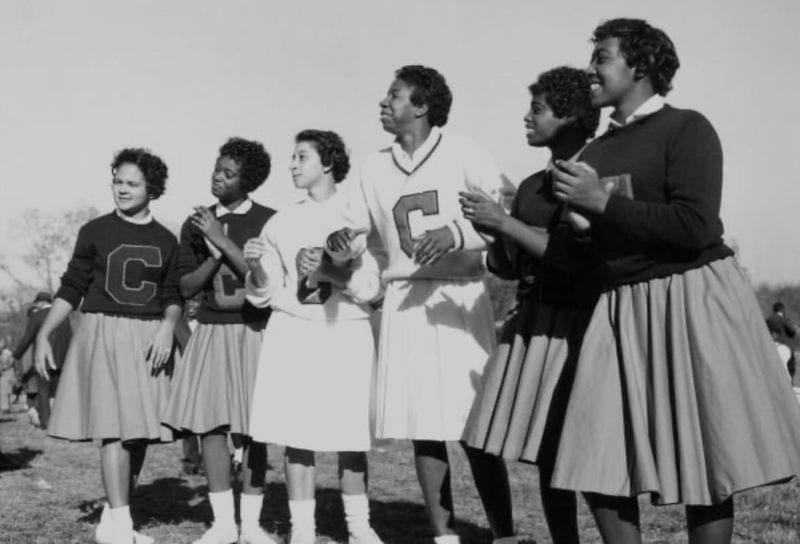
In the 1960s, dress codes were strictly enforced in schools. Boys were expected to wear collared shirts and neatly pressed trousers, while girls often wore skirts or dresses that reached their knees. Hair had to be tidy, and any deviation was met with disciplinary action.
Teachers would sometimes measure the length of skirts with rulers to ensure compliance. Such strict dress standards aimed to instill discipline and order among students.
Today’s kids, accustomed to more relaxed dress codes and personal expression, would likely find such rigid rules hard to imagine. Uniformity was key back then.
2. Corporal Punishment
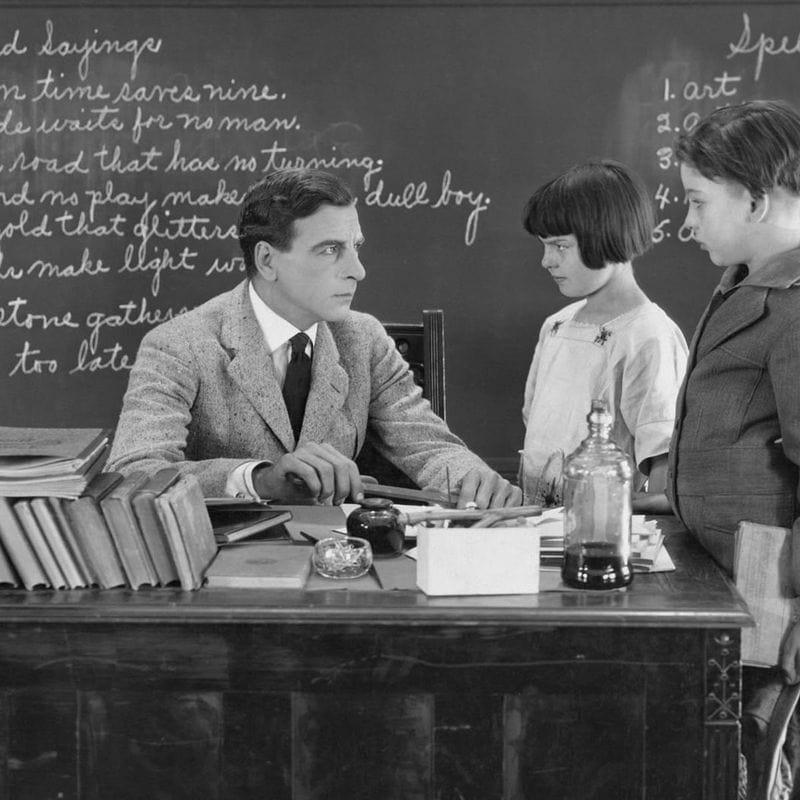
Corporal punishment was a common disciplinary measure in the 1960s. Teachers were allowed to administer physical punishment, such as spanking with a paddle, to maintain order. Parents and administrators often supported this approach.
Today, the idea of using physical punishment in schools is largely unacceptable and considered harmful.
Modern disciplinary methods focus on understanding and correcting behavior through positive reinforcement rather than fear. This reflects a broader shift toward more empathetic and supportive educational environments. Students now would likely be shocked by the harshness of past practices.
3. Segregated Schools
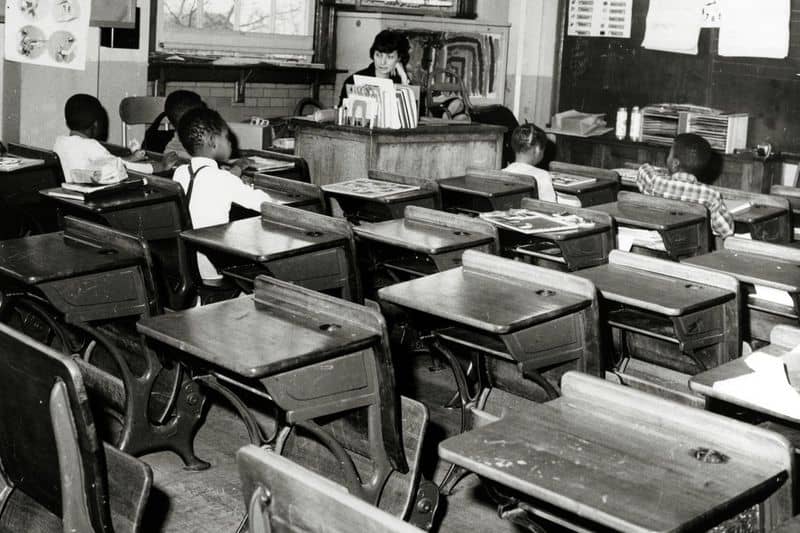
During the 1960s, racial segregation was still prevalent in many American schools, particularly in the South. Black and white students attended separate schools, which were rarely equal in quality.
This segregation was a reflection of broader societal prejudice and inequality, eventually challenged by civil rights movements.
Today, students experience diverse and integrated classrooms, emphasizing equality and inclusion. The concept of segregated schooling seems not only foreign but also incompatible with modern values. The change highlights progress towards a more equitable education system.
4. Gender-Specific Roles
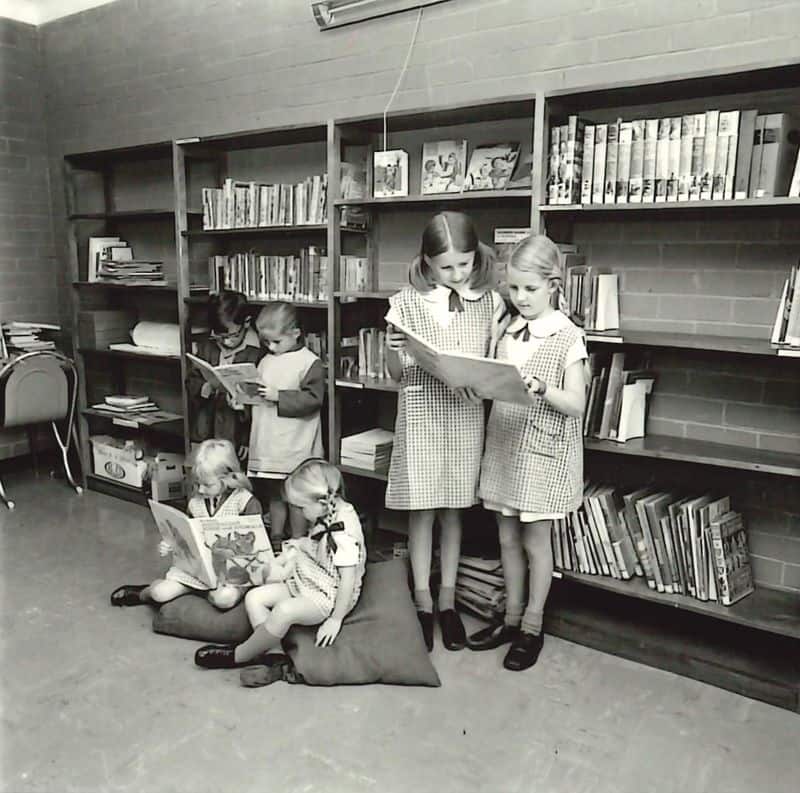
Schools in the 1960s often reinforced traditional gender roles. Boys and girls were sometimes separated for different subjects, such as girls learning sewing and cooking, while boys focused on woodworking or mechanics.
These roles reflected societal expectations and limited opportunities based on gender.
Modern education strives for equality, offering the same subjects to all students, regardless of gender, and encouraging diverse interests. Such rigid role assignments from the past would likely baffle today’s students who benefit from more inclusive educational practices. The evolution marks a significant step towards gender equality in education.
5. No Talking in Class
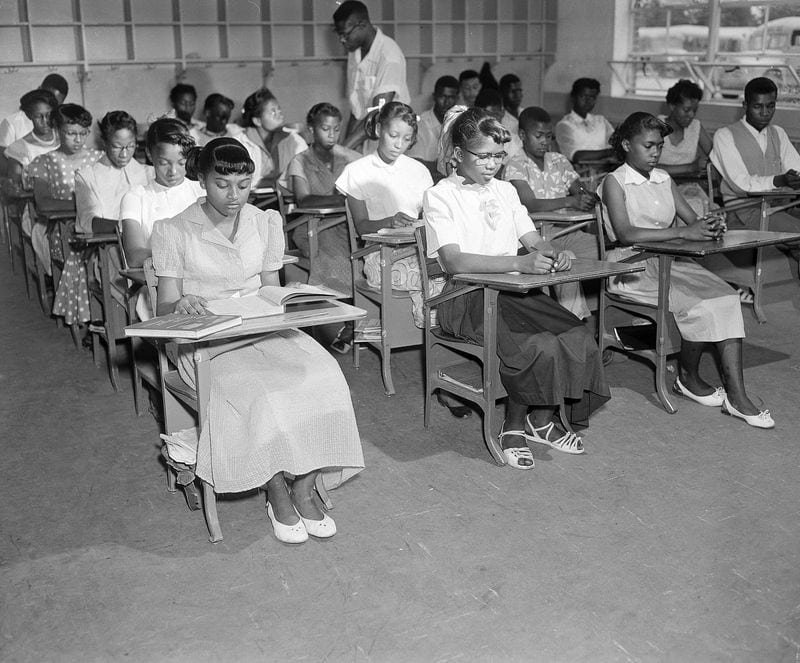
Silence was the norm in classrooms during the 1960s. Students were expected to sit quietly, listen to the teacher, and only speak when called upon. This rule aimed to maintain discipline and order.
Discussion and collaboration were often discouraged, focusing instead on rote learning.
Today, interaction and communication are encouraged as part of the learning process. Students engage in group work, discussions, and interactive activities that enhance understanding.
The stark contrast in classroom dynamics highlights a shift towards more participatory and student-centered learning environments.
6. Strict Attendance
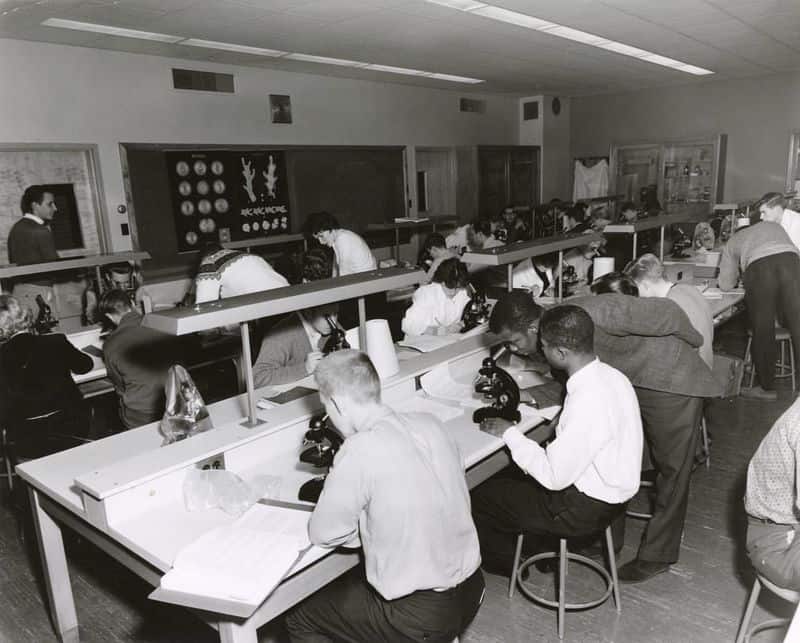
In the 1960s, attendance was strictly monitored and enforced. Missing school without a valid excuse could lead to severe consequences, including detention or parental notification.
This strict policy emphasized the importance of education and responsibility.
While attendance remains important today, schools often show more flexibility, understanding the diverse needs and challenges students may face. Modern approaches focus on supporting students rather than penalizing them.
This shift reflects a broader understanding of individual circumstances and the importance of mental well-being in education.
7. Limited Extracurricular Activities
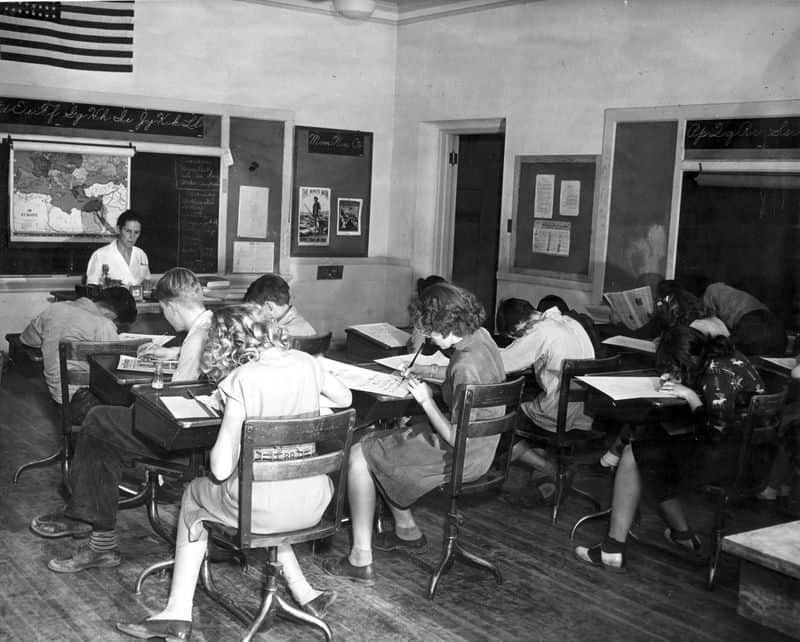
Extracurricular activities were limited in the 1960s, focusing mostly on traditional sports and academic clubs. Options were fewer, reflecting a narrower view of student interests and talents.
Participation was often restricted to a select group of students, emphasizing competition and achievement.
Today, schools offer a wide array of activities, catering to diverse interests and encouraging broad participation. This inclusive approach supports personal growth and community involvement. Students now might be surprised by the limited opportunities available back then.
8. Home Economics for All
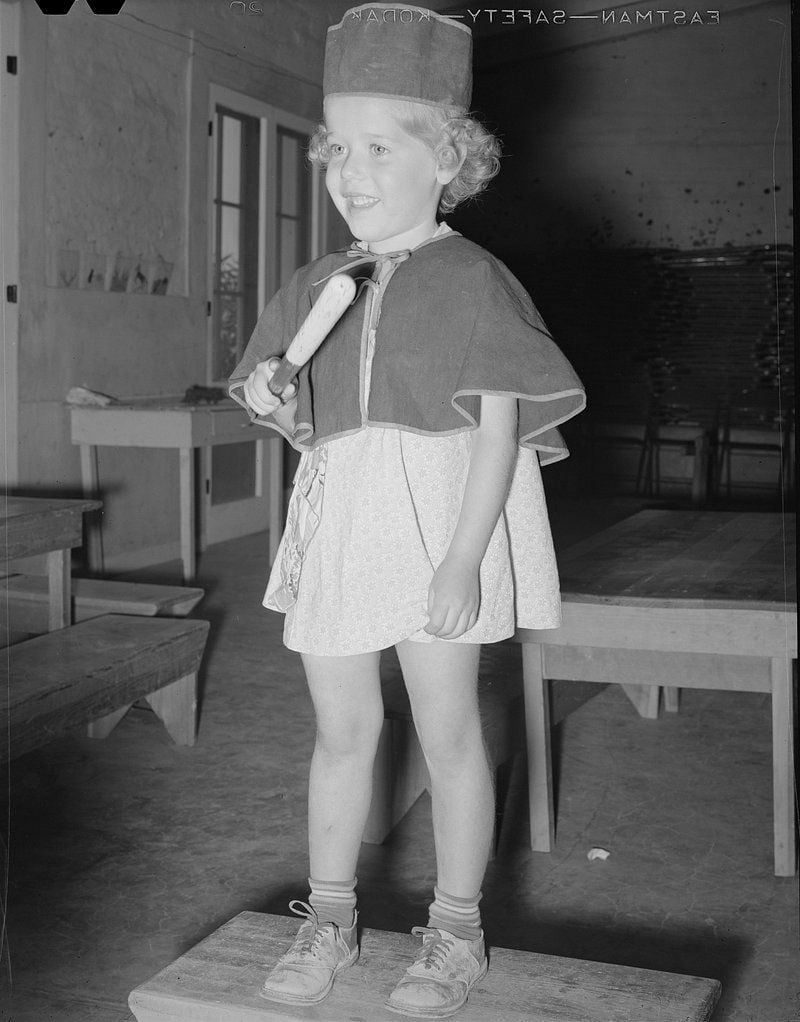
Home economics was a staple in 1960s education, teaching essential life skills like cooking and budgeting. Traditionally seen as a subject for girls, some schools began offering it to all students.
This shift aimed to prepare students for practical aspects of life, reflecting changing societal roles.
Modern education continues to value life skills, integrating them into broader curriculums applicable to all students. Today’s students might appreciate the practical focus but would expect gender-neutrality and equal access in such classes.
9. Patriotic Rituals
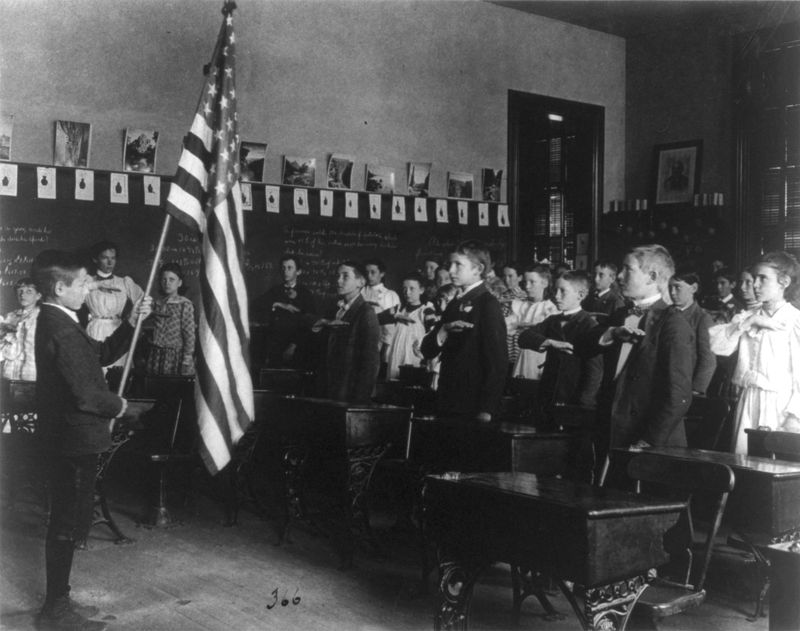
Patriotism played a significant role in 1960s schools, with students participating in daily rituals like reciting the Pledge of Allegiance and singing national anthems.
These activities aimed to instill national pride and unity among young students.
While patriotic expressions are still part of many schools today, the emphasis and execution have evolved, often reflecting more inclusive and diverse viewpoints.
Students now might engage in discussions about national identity, encouraging critical thinking alongside traditional practices. This evolution shows a broader approach to citizenship education.
